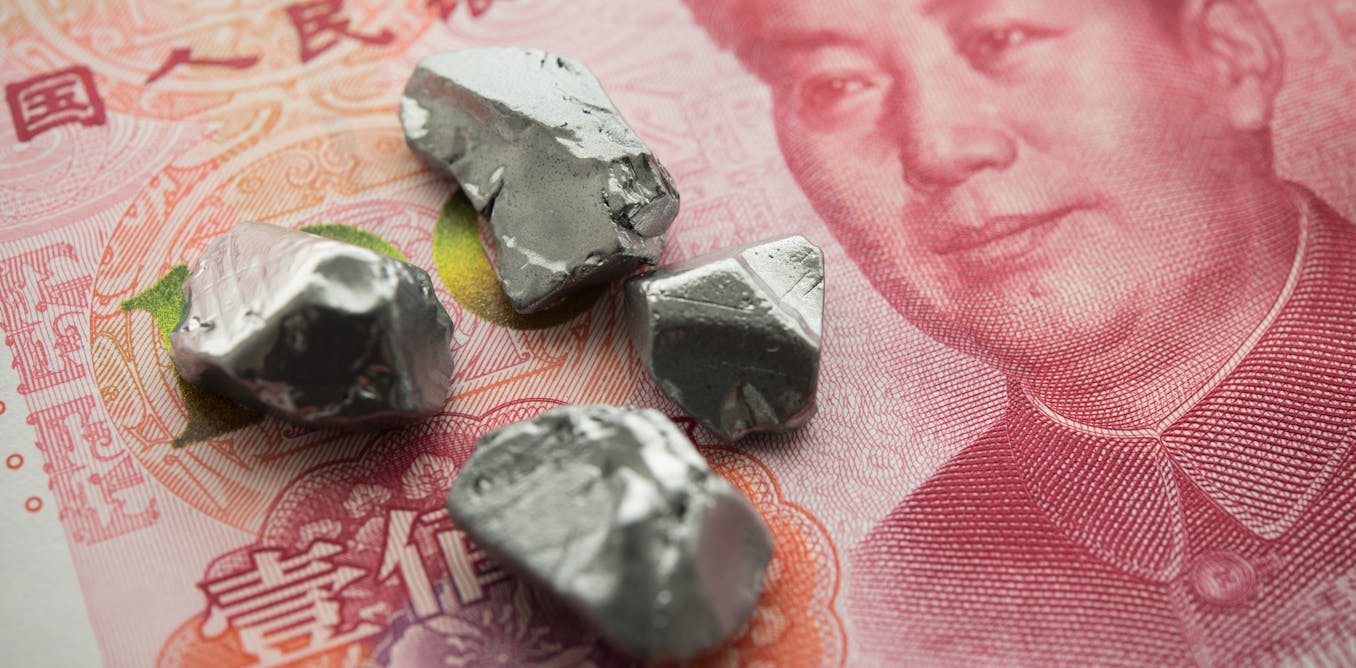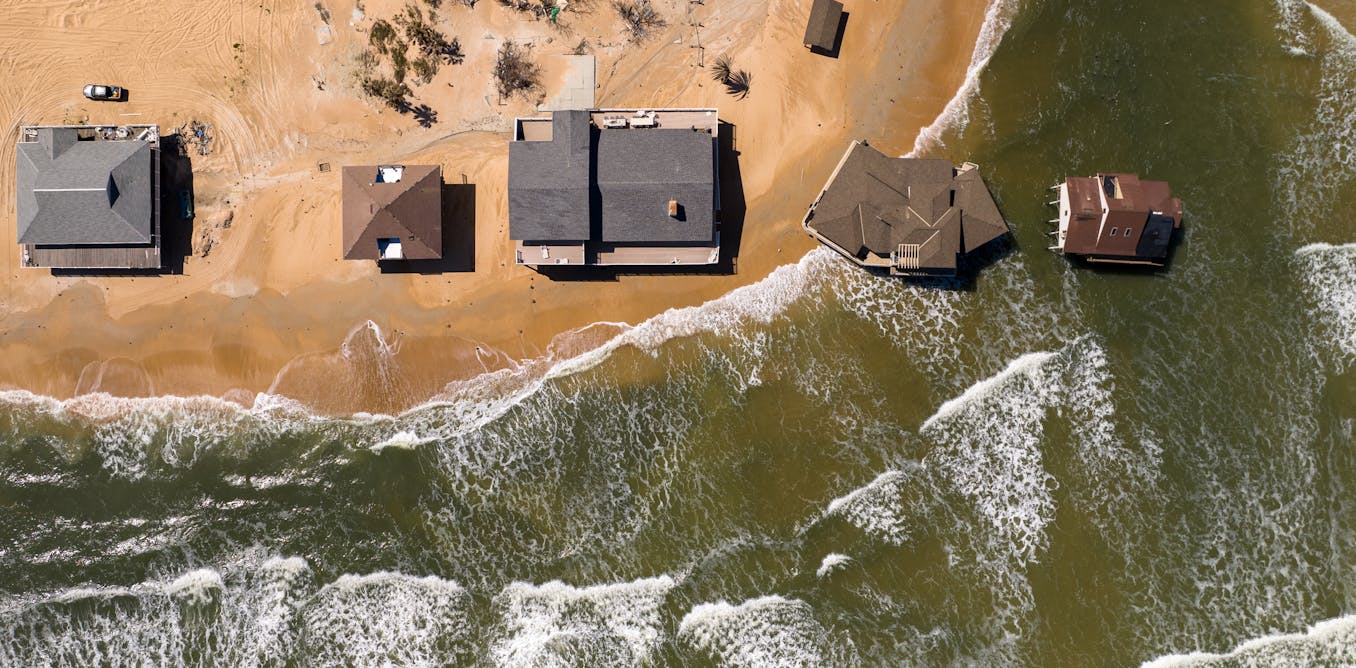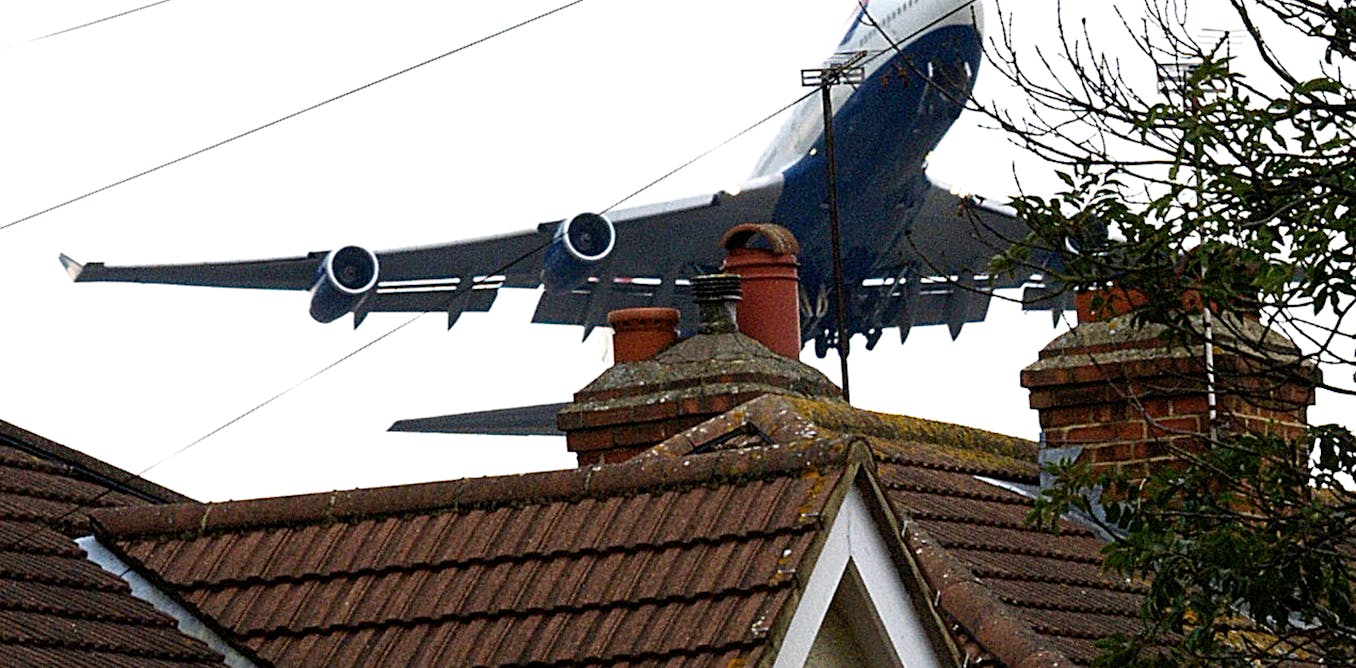Opposition leader Peter Dutton’s talk of stepping back from Australia’s 2030 emissions targets has created confusion and concern on several fronts, and sparked vigorous political debate over our pathway to a carbon-free future.
Over the weekend, Dutton claimed Labor’s renewable energy commitment was behind steep electricity price hikes in recent years. His comments prompted a rebuke from Foreign Minister Penny Wong, who described the claims as “mind bogglingly absurd”. Meanwhile, Dutton’s suggestion of an energy policy shakeup, should the Coalition win government, has caused consternation in the business community.
Amid all this, several points need clarifying. For a start, Dutton’s claim that renewables are responsible for electricity price hikes is just plain wrong.
But more broadly, the debate misses a crucial point: the electricity sector is not the only contributor to Australia’s greenhouse gas problem. If Australia is to achieve net-zero emissions by 2050, the Coalition needs to stump up with a plan to decarbonise the entire economy.
Con Chronis/AAP
What caused electricity price rises?
There’s a lot to unpack in the current energy debate, so I’ll start with electricity prices. Amid voter concern about cost of living pressures, Dutton claimed over the weekend that “a renewables-only approach that the government has adopted is going to continue to drive up power prices”, adding Labor did not “take into account gas and nuclear”.
First, let’s clarify that Labor’s policy has, in fact, taken gas and nuclear into account. It has rejected nuclear energy as a viable option, and says gas has an important role in the transition to renewable energy.
Labor does have a target for 82% renewables in our electricity mix by 2030. And it is true that electricity prices have markedly increased in recent years. But the two are not significantly related.
Power prices surges in 2022 and 2023 were largely the result of the Ukraine War, and associated sanctions on Russian energy exports. Also, flooding along Australia’s east coast in 2021 and 2022 hampered coal production, which also drove up electricity prices.
Notably, we can expect electricity prices to fall by up to 7% this year, due to various factors including a drop in wholesale electricity prices. The Australian Energy Regulator says 2022 prices were an “extreme peak” which suggests price falls are likely to continue.
But will Australia’s clean-energy transition drive up prices in future? A 2021 report by the Grattan Institute suggests the answer is no. Compared with taking no action on climate change, it showed Australia can achieve major progress towards a net-zero emissions electricity system without threatening affordability or reliability.
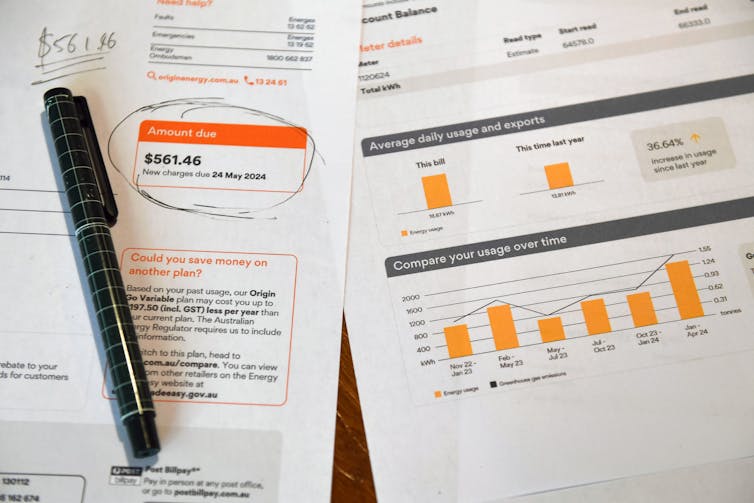
Jono Searle/AAP
Investors are nervous
Australia’s business community, including the coal and gas sector, has urged the Coalition not to scrap Australia’s 2030 emissions targets, fearing it would unleash a wave of investment uncertainty.
While the 2030 target is significant, more important to investors are the policies underpinning the target. Australian businesses are investing on the basis of several key Labor policies:
Industry needs policy certainty. Dutton has spent a lot of time talking about 2030 targets and nuclear energy. But the really important issue for investment is: what does he plan to do about the four policies above?
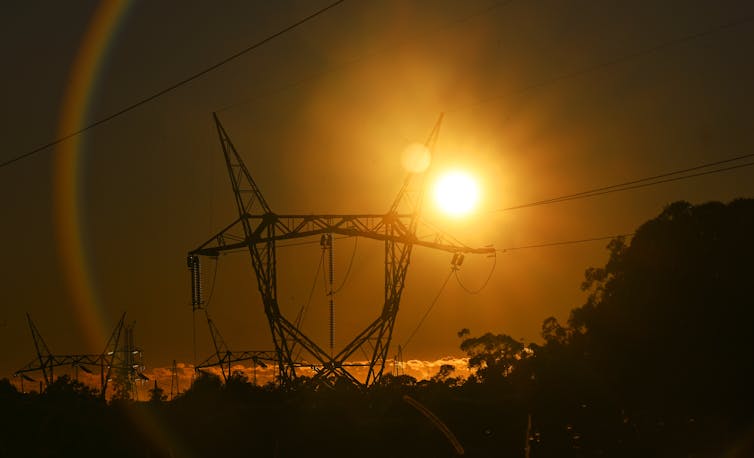
Dave Hunt/AAP
Electricity isn’t the only game in town
Dutton says he remains committed to the target of net-zero emisisons by 2050, which Australia signed up to under the Paris treaty. The Coalition intends to release its full climate policy before the next election; let’s hope it involves more than just a nuclear energy plan.
You can’t drive trucks on nuclear. Nuclear energy won’t stop cows burping and farting. You can’t run an ammonia plant on nuclear energy. Emissions from those sectors – transport, agriculture and heavy industry – have to be dealt with too. On these, the Coalition has been largely silent to date.
Time is of the essence here. The electricity sector represents the “low hanging fruit” of Australia’s decarbonisation effort – in other words, the transition to renewables is relatively easy and cheap. Stripping emissions from other sectors will cost more and take longer.
For example, about five million Australian households are connected to gas. Converting them to electricity is a hugely time-consuming task.
Similarly, Australia’s light passenger vehicles will take decades to turn over to an all-electric fleet. In other sectors, such as heavy manufacturing, heavy transport and agriculture, zero-emission technologies are still being developed.
That’s why the 2030 target is so important. We should be making cuts to electricity now, while developing the technologies to reduce emissions in other sectors. We can’t leave all the heavy lifting until after 2030.
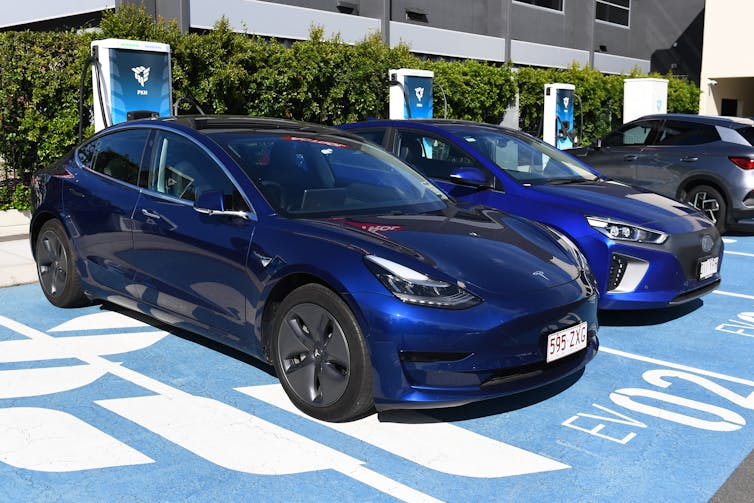
Jono Searle/AAP
The road ahead
Even if the Coalition won power at the next election, and even if it managed to meet the net-zero goal by 2050, there are consequences for kicking the can down the road.
Doing less on emissions reduction now means greenhouse gases accumulate in the atmosphere. That makes climate change worse now. Slowing down emissions reduction will affect all Australians – leading to more severe floods and fires, and more uninsurable properties.
That’s why this summer will be politically important. Cost-of-living pressures mean climate change has reportedly fallen down the list of voter concerns. But if Australia has really nasty summer of bushfires and floods, we can expect climate concern to resurge.
And the Coalition, if it wants to win office, will need a serious, economy-wide policy response.
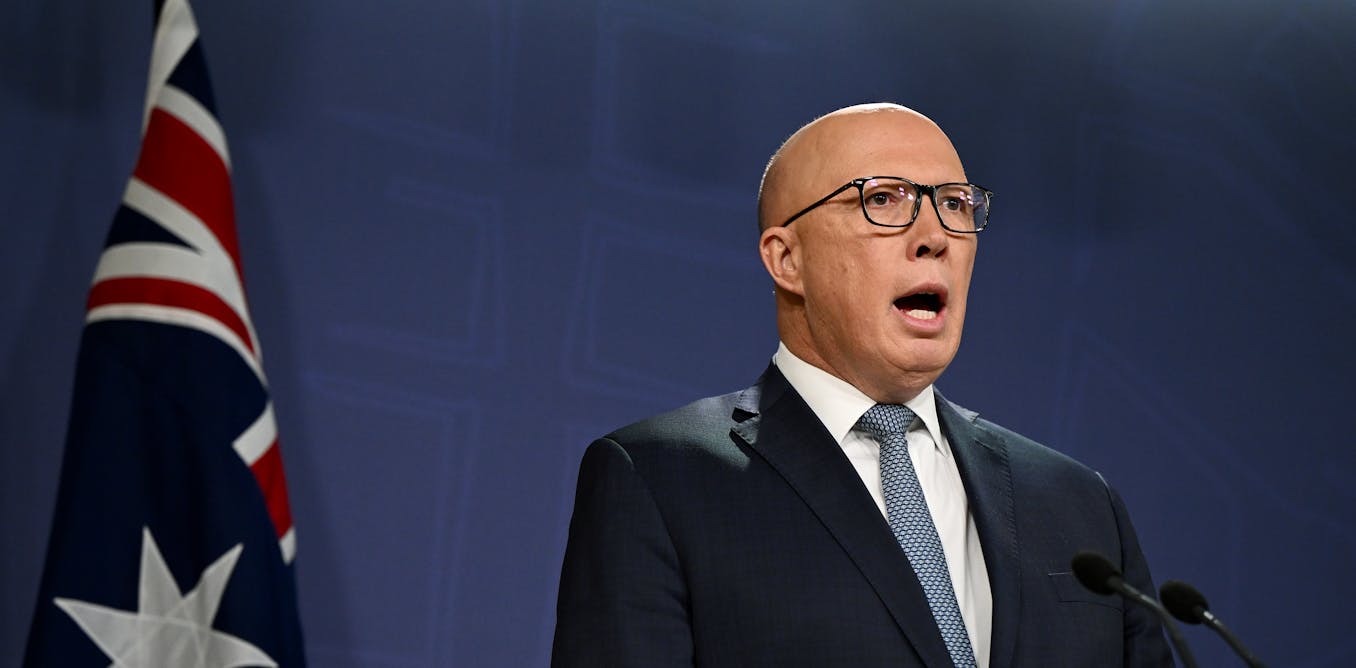
The post “Peter Dutton needs a plan that goes beyond the electricity sector” by Tony Wood, Program Director, Energy, Grattan Institute was published on 06/17/2024 by theconversation.com



